How To Use Scrub On Face? The Perfect Routine
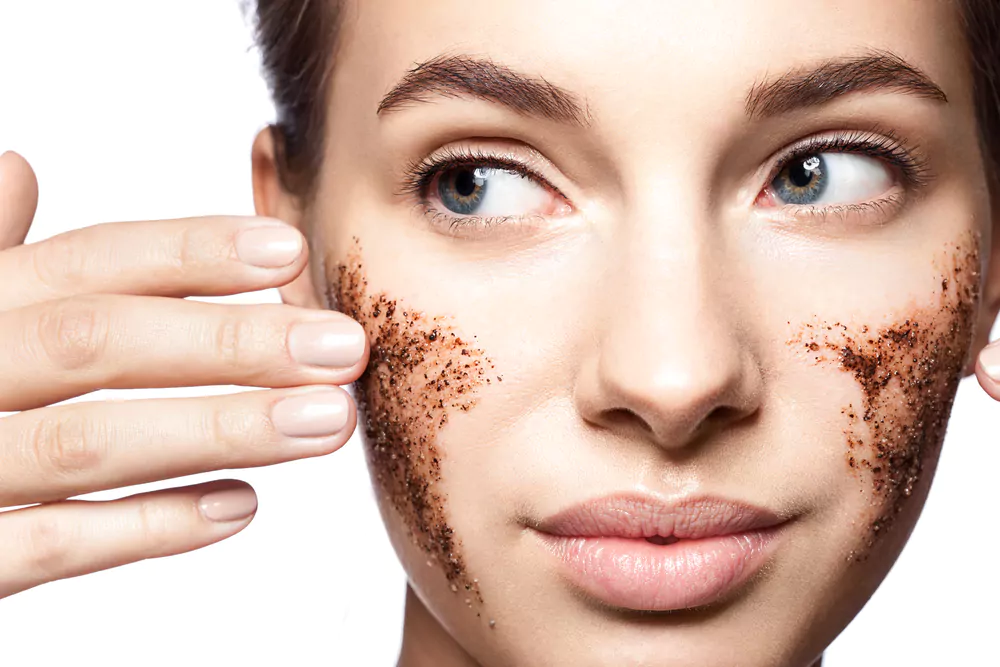
Our skin goes through a lot, from our diet to our exercise regimen to the daily grind of work and family life. One simple, satisfying, and vital step in skincare is the process of exfoliation – the use of a scrub to remove dead skin cells and revitalize the face. This article on how to use scrub on face aims to be a comprehensive guide on effectively and safely using a scrub on your face. Buckle up, and let’s get that glow!
Our skin is in a constant cycle of growth and renewal. The body is continually producing new skin cells at the lower layer of skin (the dermis) and sending them to the surface (the epidermis). As the cells rise to the surface, they gradually die and become filled with keratin, a protein that protects our body from harmful environmental factors. Eventually, these cells shed off to make way for the newer ones. However, some cells don’t shed completely, resulting in dry, flaky patches and clogged pores. This is where exfoliation and the use of facial scrubs come in.
1 What is Exfoliation?
Exfoliation is the process of removing dead skin cells from the surface of your skin using a chemical, granular substance, or exfoliation tool. Your skin naturally sheds dead skin cells to make room for new cells every 30 days or so. Sometimes, dead cells don’t fully shed, leading to dry skin, flaky patches, and clogged pores. Exfoliating can help prevent this.
2 Why Should You Use a Facial Scrub?
Facial scrubs are primarily used for exfoliation. But they also have additional benefits such as:
Radiant Skin: Scrubs remove dead skin cells, revealing the fresh, new cells underneath. This leaves your skin looking brighter and more radiant.
Improved Skin Texture: By removing dry and dead skin cells, scrubs help to smooth the skin, leading to an improved texture and skin tone.
Reduced Pores and Breakouts: Scrubs help to unclog pores and reduce the build-up of oils and dirt that can lead to breakouts.
Better Skin Product Absorption: By clearing away the barrier of dead skin cells, scrubs allow for better absorption of other skincare products like moisturisers, serums, and masks.
3 Choosing the Right Scrub
Before we delve into how to use a scrub, it’s crucial to pick the right one for your skin type. Facial scrubs come in various formulations, including those for sensitive, dry, oily, combination, and normal skin types.
For Dry Skin: Look for scrubs with hydrating ingredients like hyaluronic acid and glycerine. Avoid harsh scrubs, as they can strip the skin of its natural oils.
For Oily Skin: Choose a scrub with ingredients like salicylic acid or glycolic acid that can help control oil production.
For Sensitive Skin: Opt for gentle, natural scrubs with fine granules. Ingredients like oatmeal, cucumber, or chamomile can soothe sensitive skin.
For Combination Skin: You may need to use different scrubs for different parts of your face. Use a mild scrub for the dry areas and an oil-control scrub for the T-zone (forehead, nose, and chin).
For Normal Skin: You’re lucky if you have normal skin because almost any type of scrub will work for you. However, maintaining the health of your skin is crucial, so opt for a scrub that’s not too harsh.
4 How to Use a Facial Scrub?
Now that we’ve covered why you should use a scrub and how to choose one let’s discuss the correct way to use a facial scrub.
Cleanse Your Face
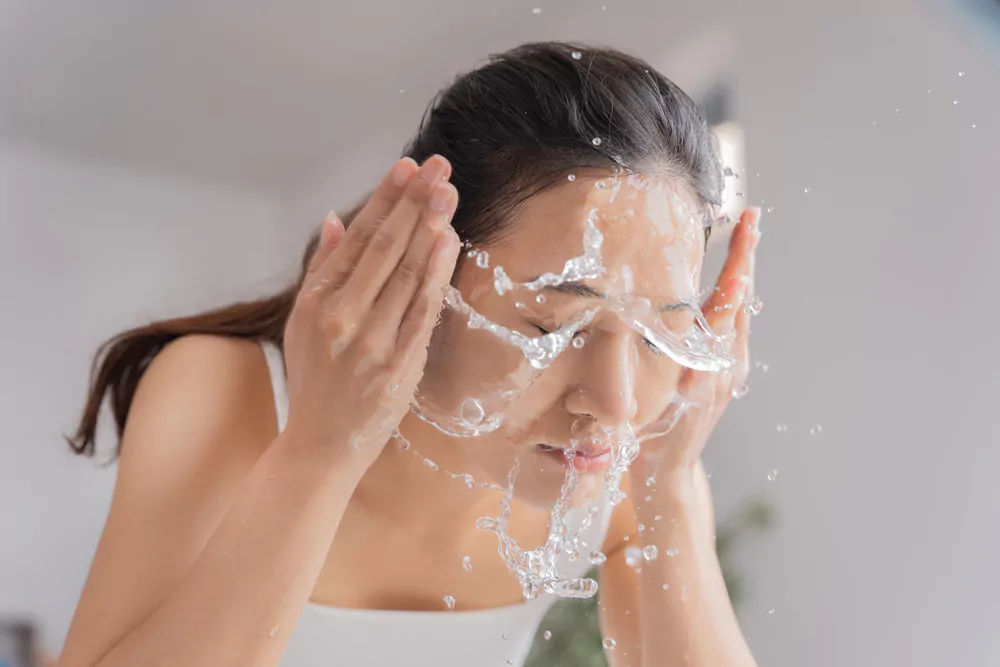
Before you exfoliate, it’s crucial to cleanse your face thoroughly to remove dirt, oil, and makeup. This allows the scrub to work directly on your skin without any barriers.
Apply the Scrub
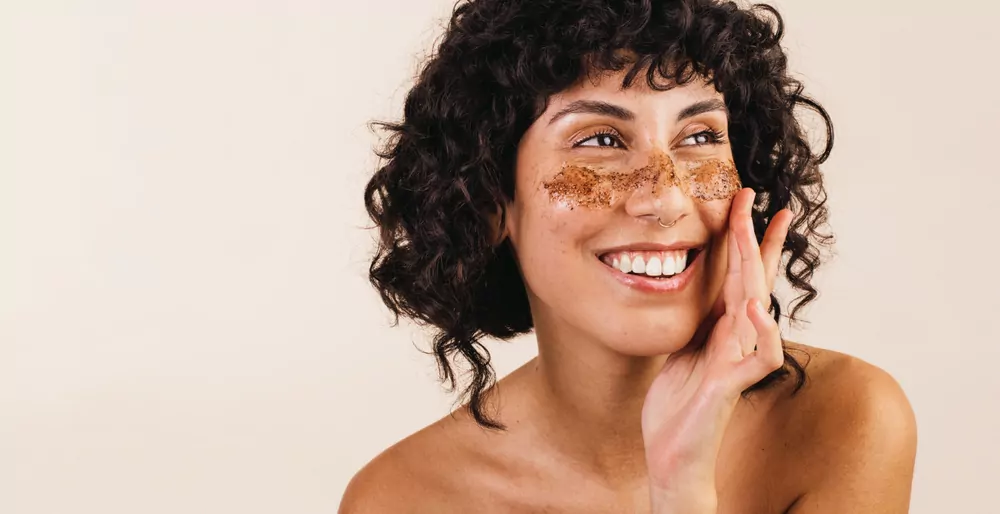
Scoop out a coin-sized amount of scrub using clean fingers or a spoon. Apply the scrub to your face in dots (forehead, nose, cheeks, and chin).
Scrub Your Face
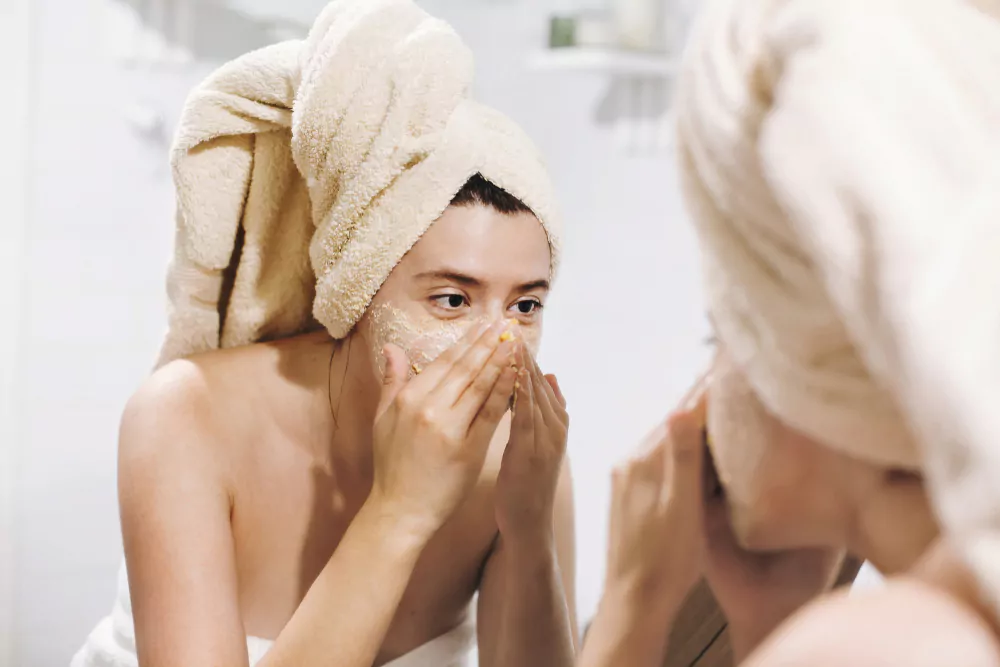
Start rubbing the scrub into your skin using gentle, circular motions. Always move upward or in a circular motion, as scrubbing downwards can cause skin sagging in the long run. Do not scrub too hard or too fast; the exfoliation action should not hurt or cause your skin to redden.
Time to Wait
Leave the scrub on your face for a few minutes to let the ingredients penetrate the skin. However, if the scrub contains powerful ingredients like salicylic acid or glycolic acid, you may want to rinse it off immediately to avoid irritating the skin. Always follow the instructions provided on the scrub’s packaging.
Rinse Off
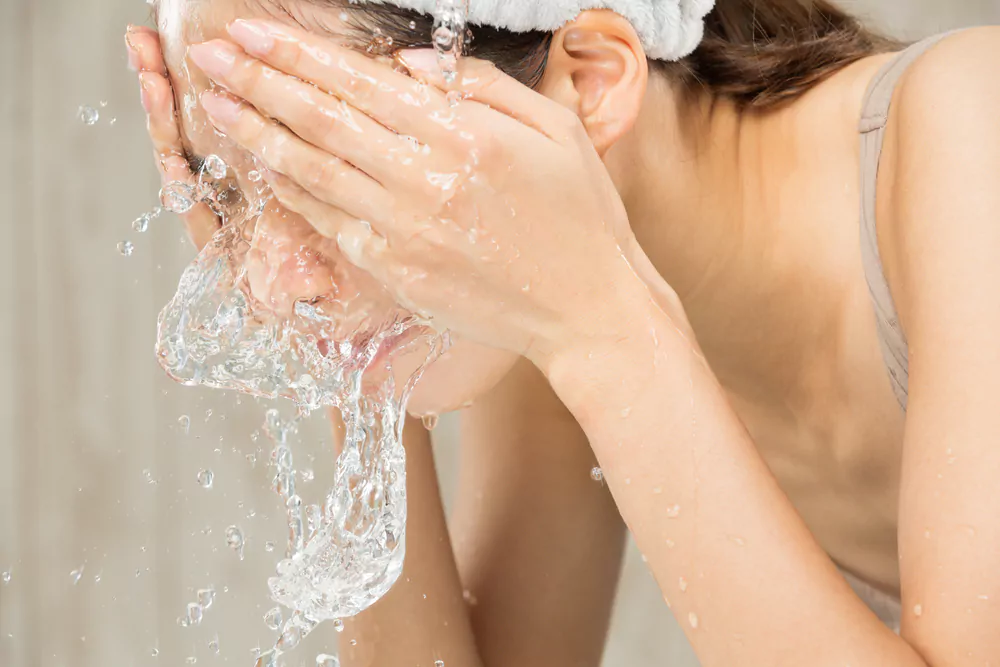
Rinse off the scrub with lukewarm water, ensuring that all the scrub particles are removed. You might have to rinse multiple times to ensure no scrub residue is left on the face.
Pat Dry

Pat your face dry with a clean, soft towel. Do not rub, as rubbing can irritate the freshly exfoliated skin.
Moisturise

After exfoliation, your skin can feel a little dry. Use a hydrating moisturiser to soothe the skin and restore its moisture balance.
Sunscreen (for morning time)
If you’ve exfoliated in the morning, make sure you apply a broad-spectrum sunscreen afterwards, as your skin can be more sensitive to the sun post-exfoliation.
5 When to Scrub and How Often?
The frequency of exfoliation depends on your skin type and the type of scrub you’re using.
Normal to Oily Skin: If you have normal to oily skin, you can exfoliate 2-3 times a week. However, if you notice any redness or irritation, cut back.
Dry or Sensitive Skin: For those with dry or sensitive skin, once a week should be enough.
Mature Skin: As we age, our skin’s natural ability to exfoliate slows down. So, mature skin may need a bit more help with exfoliation. However, since mature skin can also be delicate, it’s essential to choose a gentle scrub and not overdo it. Once or twice a week should be sufficient.
Remember, over-exfoliation can lead to redness, irritation, and even breakouts as it strips the skin of its natural oils. So be careful not to overdo it.
6 Precautions
As beneficial as facial scrubs can be, they must be used correctly and with care. Here are some precautions you need to consider:
Patch Test: Always perform a patch test on your wrist or the back of your ear with a new scrub before applying it to your face. Wait for 24 hours to see if there’s any reaction.
Avoid Scrubbing Irritated Skin: If your skin is sunburnt, irritated, or broken, avoid exfoliating. Scrubbing can further irritate the skin and even cause infections.
Avoid Over-Exfoliation: As mentioned earlier, over-exfoliation can lead to skin problems. If you notice your skin getting dry, red, or irritated, reduce your exfoliation frequency.
Sun Protection: Post-exfoliation, your skin can become more sensitive to the sun. Therefore, it’s essential to apply sunscreen during the day, even if you’re staying indoors.
7 Wrapping Up
We’ve taken a deep dive into the world of facial scrubs and exfoliation, uncovering the benefits, techniques, and precautions. Adding this simple step to your skincare routine can make a world of difference. It can provide you with brighter, smoother skin and an enhanced complexion. It’s a journey towards healthier skin, and every journey starts with a single step. So, why not let that step be the addition of a facial scrub to your routine?
In the end, remember to listen to your skin. Our bodies are intelligent systems that can often tell us what they need. If you notice that a product or routine isn’t working for you, don’t be afraid to change it. Your skincare routine should adapt to you, not the other way around.
So, go ahead, and give your face the attention and care it deserves. Unleash the power of facial scrubs, and say hello to healthy, glowing skin!
Community Q&A
About This Article
This article has been viewed 469 times.



